Creativity heals in ways most people ignore. A ten-minute sketch, a quick rhythm on a pot, or a short free-write can lower stress, clear your head, and help you solve problems. You don’t need talent—just permission to try. This page pulls together simple, useful ways to use creative activities as part of everyday self-care.
When you switch to a creative task you change what your brain is doing. That break loosens worry and gives the nervous system a chance to settle. Creative acts also help you express things that are hard to say. If you read our post on Creative Arts Therapies, you know art, music, and movement are practical tools people use to handle stress and recover balance.
Here are short exercises that fit into a busy day. They’re low pressure and useful even when you don’t feel “inspired.”
Small routines beat rare big efforts. Add one tiny creative moment to morning or evening—five minutes is enough. Keep a pocket notebook for half-formed ideas so they don’t vanish. Combine creative work with other helpful tools: short walks, simple breathing exercises, or basic biofeedback gadgets. Our Biofeedback article shows how simple devices can speed up learning to calm your body while you practice creative tasks.
If you feel stuck, pick low-stakes activities: copy a photo, play a rhythm on a table, or cook a new simple recipe. Creative Arts Therapies doesn’t require you to be an artist—therapists use art, music, dance, and drama to help people process feelings and rebuild confidence. Try some methods at home and watch for small changes in mood and clarity.
Creativity also connects you. Share a quick drawing with a friend, co-create a playlist, or cook with someone. Those small acts reduce isolation and build simple, real connection—one of the best defenses against anxiety and low mood. For more ideas and step-by-step exercises, check our posts on Mental Health and Creativity and Creative Arts Therapies. Try one short practice today and see how it shifts your mind.
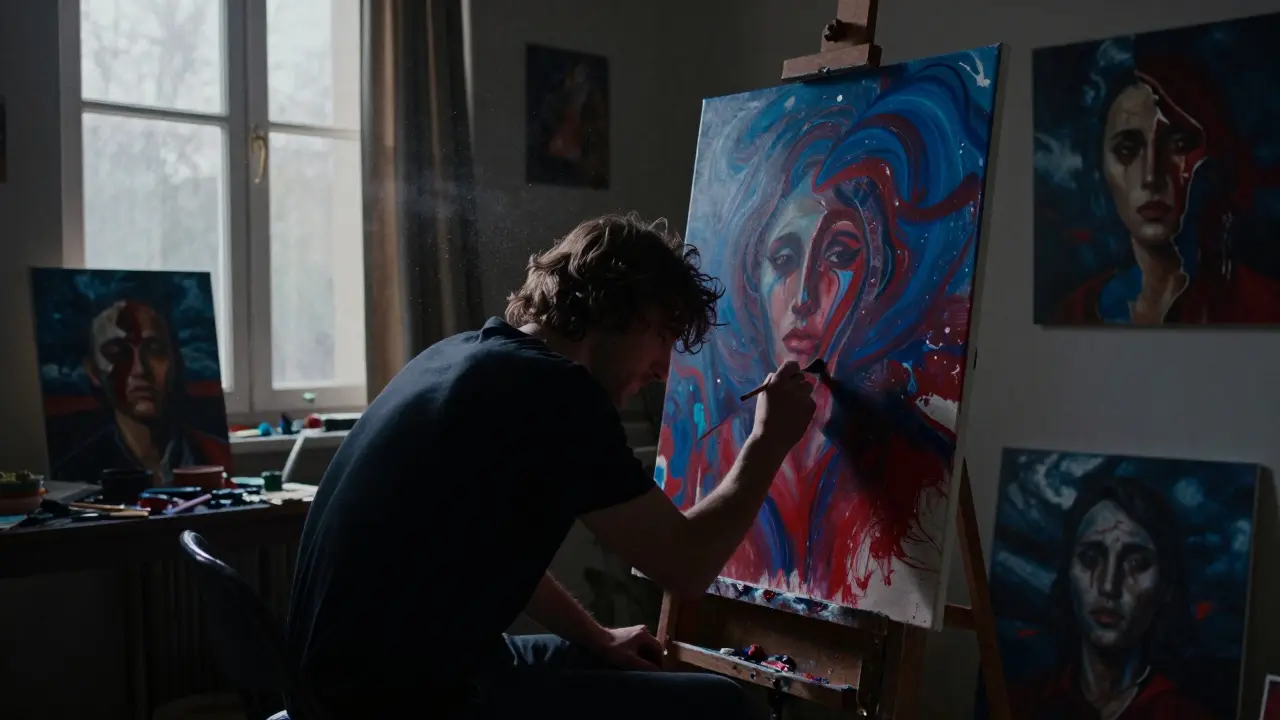
Mental health and creativity are deeply linked-not because suffering makes you artistic, but because emotional awareness fuels authentic expression. Learn how to protect your mind while creating.
Read More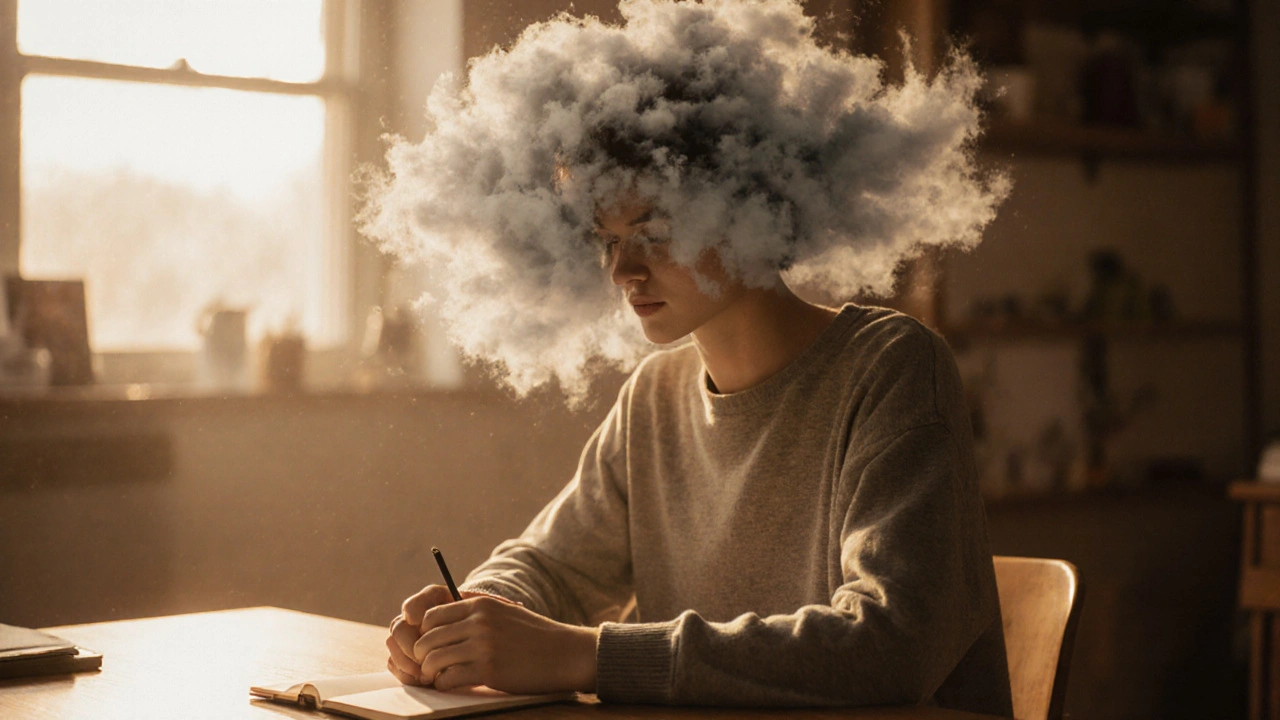
Discover how mindfulness sharpens focus, reduces stress, and unlocks fresh ideas. Learn simple practices, real‑world examples, and a step‑by‑step checklist to boost your creative flow.
Read More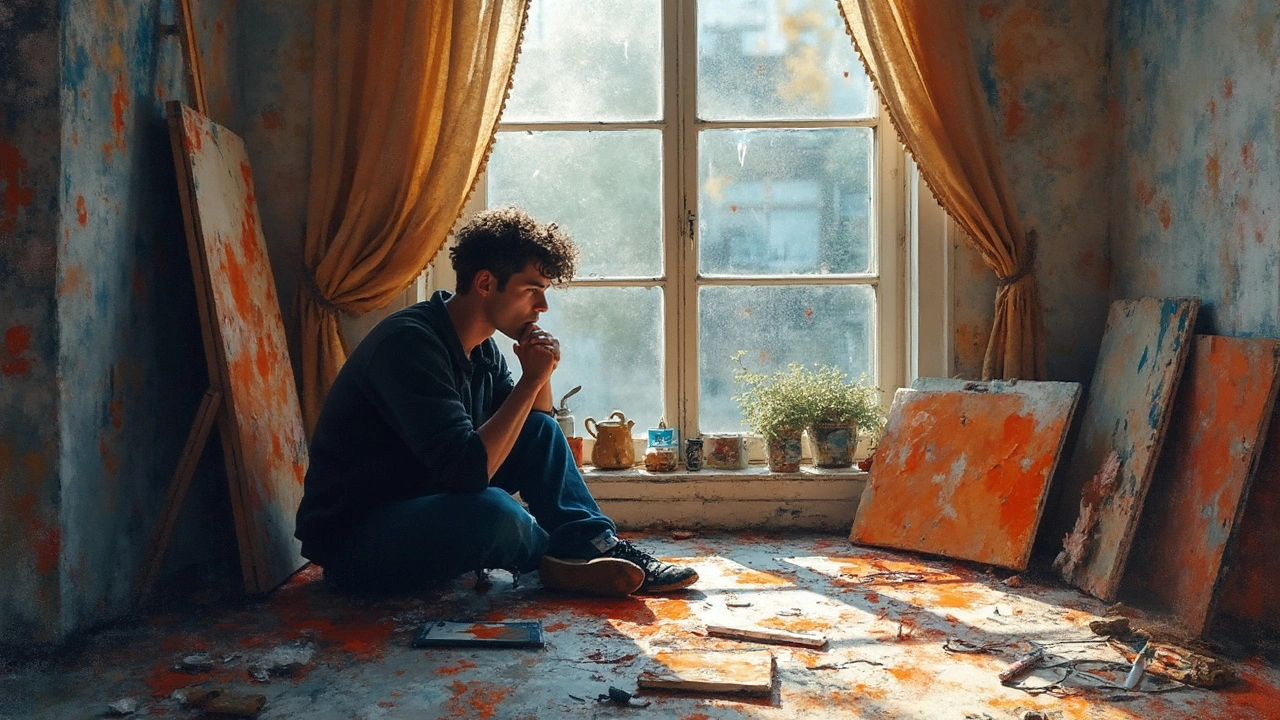
This article explores how mental health and creativity are closely linked. It looks at how things like stress, anxiety, or even depression can both hurt and sometimes boost creative thinking. You'll find out why many artists talk about their struggles and how that connects to their work. The article shares real facts, smart tips, and practical examples to help anyone looking to keep their brain healthy and their ideas fresh. It's for anyone curious about why the mind sometimes feels at its best—and its worst—when new ideas come to life.
Read More
Arts therapies provide powerful ways to enhance self-expression and foster creativity. From visual arts to dance, these therapies help individuals explore their inner world. This article delves into their benefits, interesting practices, and tips to incorporate creative activities into daily life.
Read More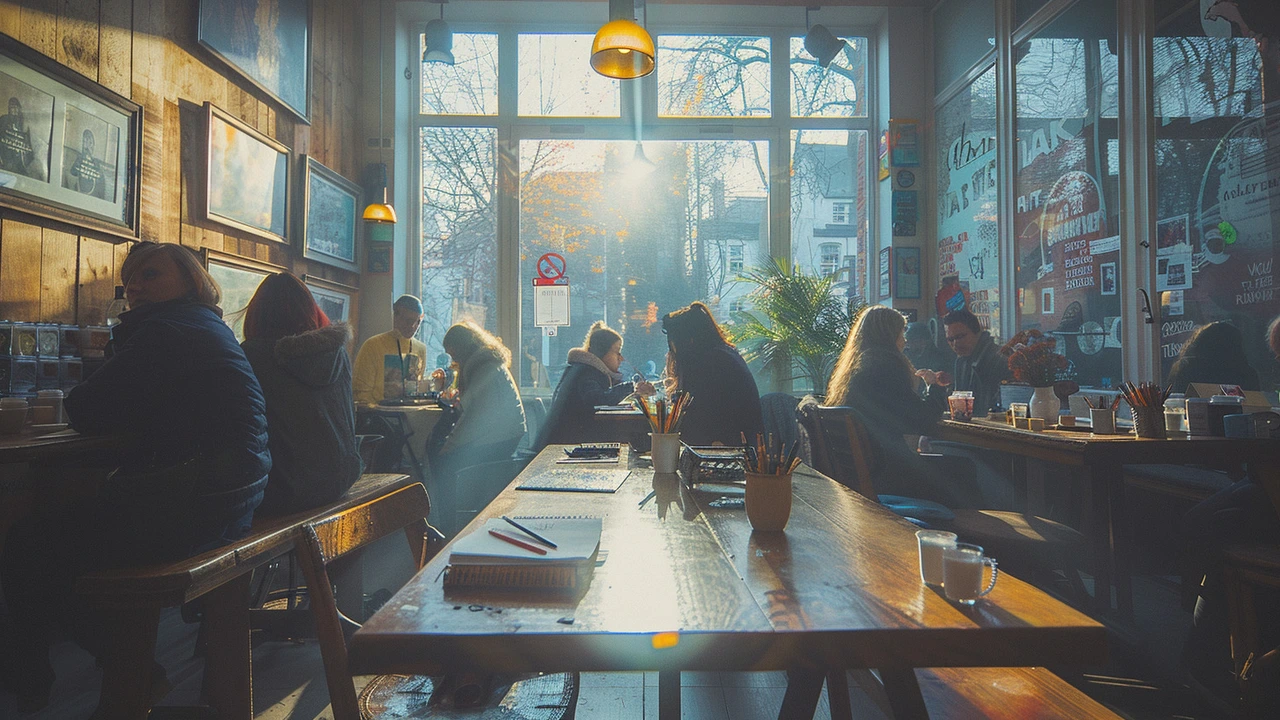
Arts therapies harness the power of creativity to promote mental health and emotional well-being. This article explores various forms of arts therapies, their impact on different populations, and practical tips for integrating them into daily life. Discover how creative practices can bring balance and healing.
Read More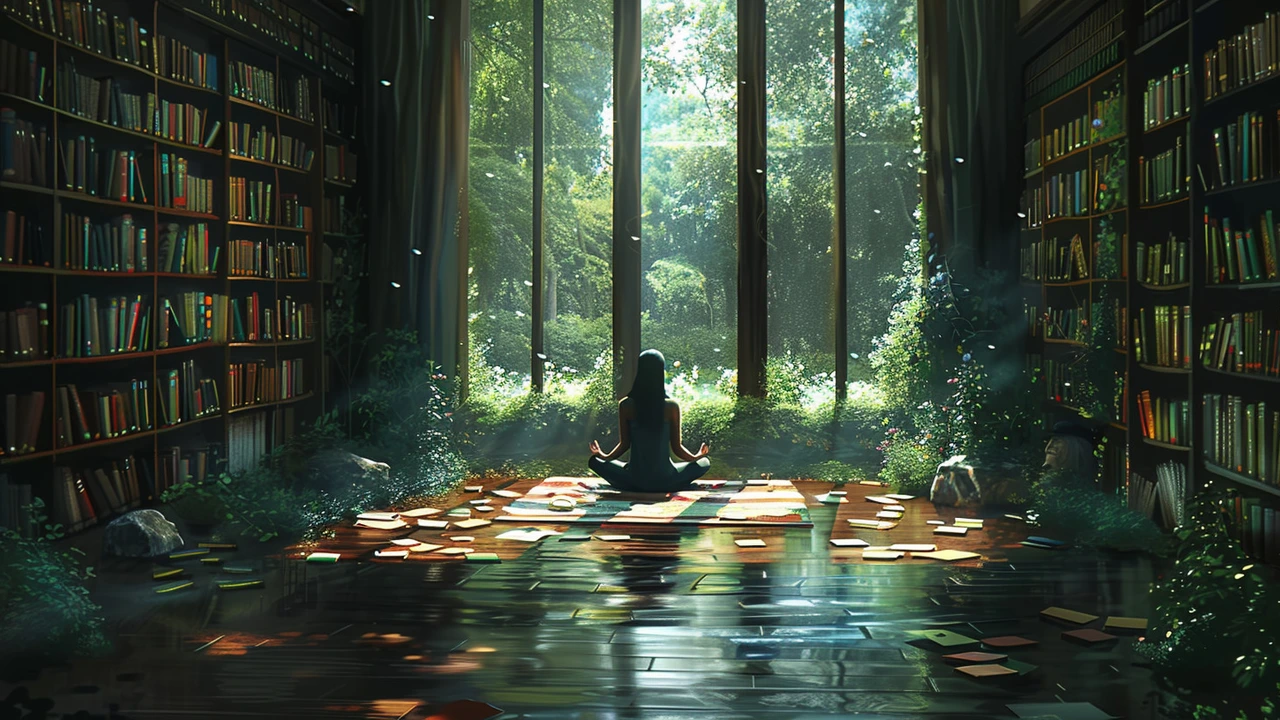
Discover the intriguing link between calmness and creativity, and how achieving a tranquil state of mind can significantly boost your creative abilities. This article delves into the science behind the calm-creativity connection, offering practical tips and strategies to harness this power in your daily life. Through exploring the role of stress, the importance of mindful practices, and the benefits of embracing calmness, you'll learn how to elevate your creativity to new heights.
Read More